Looking to grow certain service lines this year? How SEO can help your hospital’s website drive more traffic – and convert more patients.
Hospitals are always thinking about how to increase service line growth. As the Baby Boomers age, chronic care service lines like geriatrics, cardiology, and oncology will become increasingly important – and lucrative – for service providers. But before hospitals can boost their revenue streams in these areas, they need to make patients aware of their services.
No matter what service lines your hospital is focused on building out, SEO is a critical tool for driving traffic to your site and helping you reach your goals. By building out landing pages for each of your services and staying on top of current trends, you’ll give users more opportunities to interact with your web presences – and incentivize them to become patients.
1. Create Dedicated Landing Pages for Your Services
When Google crawls sites to determine search results, it looks for individual pages that align with a given query. When your domain shows up in search, the site itself isn’t ranking – the most relevant pages are.
As a medical marketer, your goal shouldn’t be to improve the ranking of the entire site. Instead, you want to create targeted landing pages that fit narrower search criteria. Creating a landing page for each service line gives you the ability to target different subsets of your audience with specific long-tail keywords.
Some of you may be thinking: wouldn’t it make more sense to pepper these keywords across the site? Well, Google’s search algorithm helps users find the most relevant touchpoint on any given site. If a page is too crowded with unrelated keywords, it won’t rank at all. But there’s a bigger problem as well: If your pages share too many keywords, they’ll compete with each other for search rankings, which defeats the purpose of keyword targeting.
This doesn’t mean you have to crowd your service line pages either. Instead, you can create sub-pages for procedures, staff, equipment, and the latest trends in a given field. By dedicating a separate page to each of these topics, you give Google more options to show a user searching for your services. For example, users looking for information on breast cancer may be interested in a “Trends and Research” page, while potential patients will be looking for a “Services” page. Diversifying your pages brings in users at different stages of the customer journey.
2. Generate Organic Backlinks
There’s no better way to improve your site’s domain authority – and search rankings – than having backlinks from reputable publications or experts in your field. If these well-known sites or professionals link to your site on theirs, Google will assume that you know what you’re talking about and improve your page ranking.
The best way to generate these backlinks is to post helpful, unique content and promote it across your web and social presences. If the content you’re creating is valuable, people will naturally be drawn to it.
However, you can improve your chances of getting a backlink by including statistics and quotes from your desired influencers in your content. You can then promote that content with citations from the reputable sources, who may then share your post and link to it from their own site.
3. Speak Up Early and Often
SEO is not a one-and-done investment; it evolves depending on what users are searching for. The best way to stay on top of current SEO trends is to talk about current events in your field. This strategy serves the dual purpose of increasing overall search rankings for a given term while also reaching prospects in different stages of the customer journey.
Write regular blog posts that incorporate cutting-edge news, current events, or research, and make sure to include links to your previous posts where appropriate. Resist the urge to remove old content – as with any other industry, some trends eventually come back into fashion. Repromote older, evergreen posts alongside newer content to draw even more traffic.
The great thing about SEO strategy is that your previous efforts build on themselves, gradually increasing your organic traffic over time. By investing in smart, targeted landing pages and sub-pages, you’re opening new channels for patients to find your hospital and take advantage of your services.
















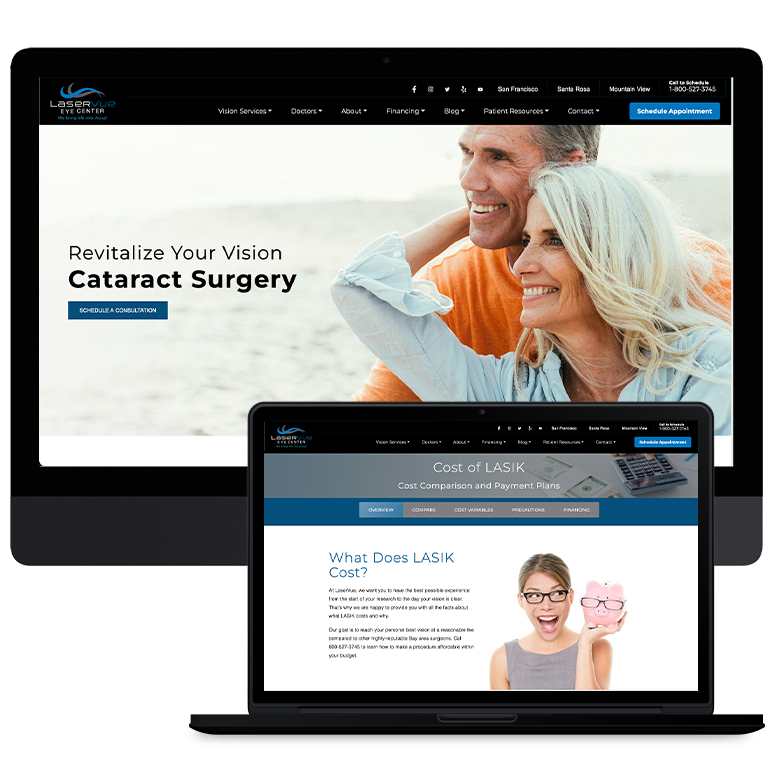
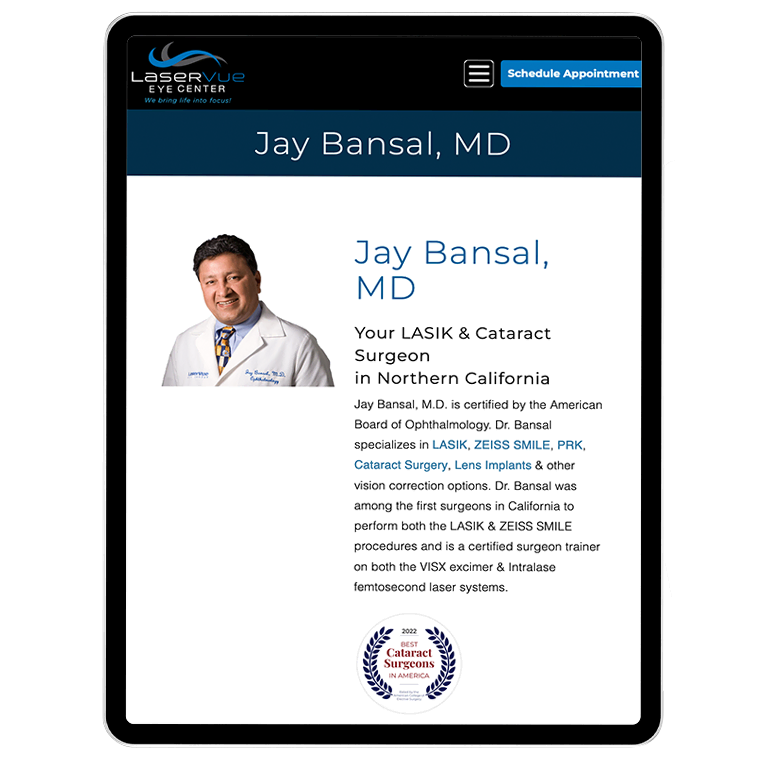


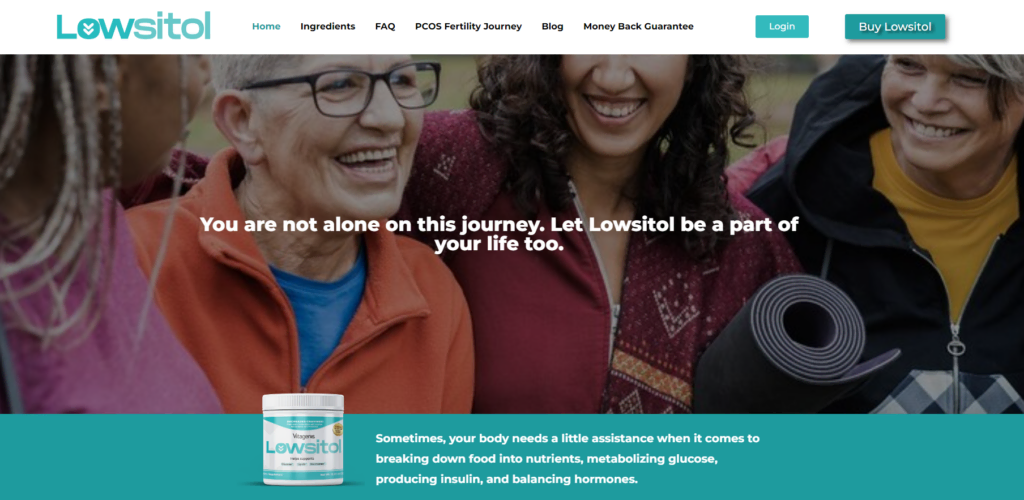


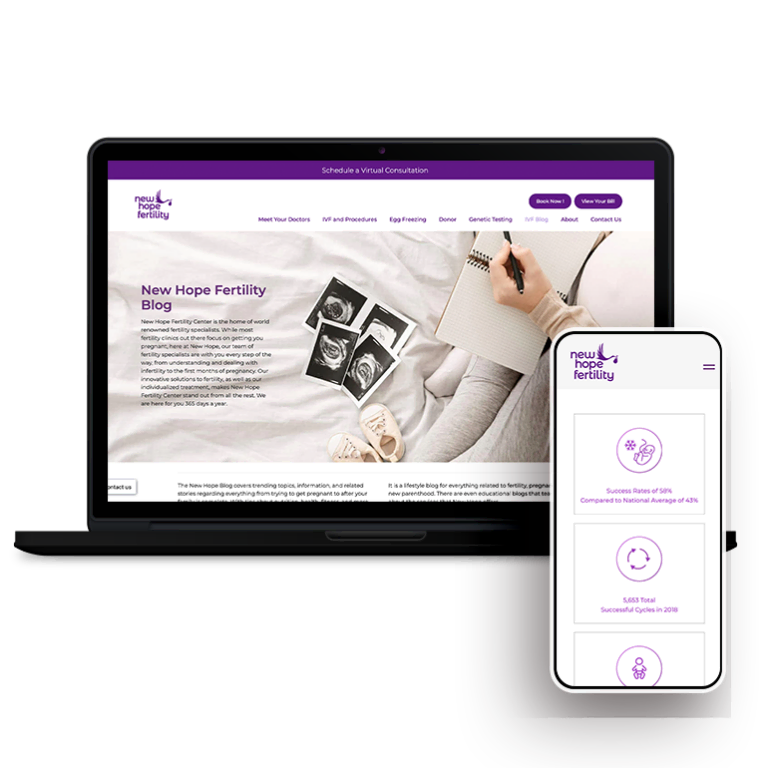
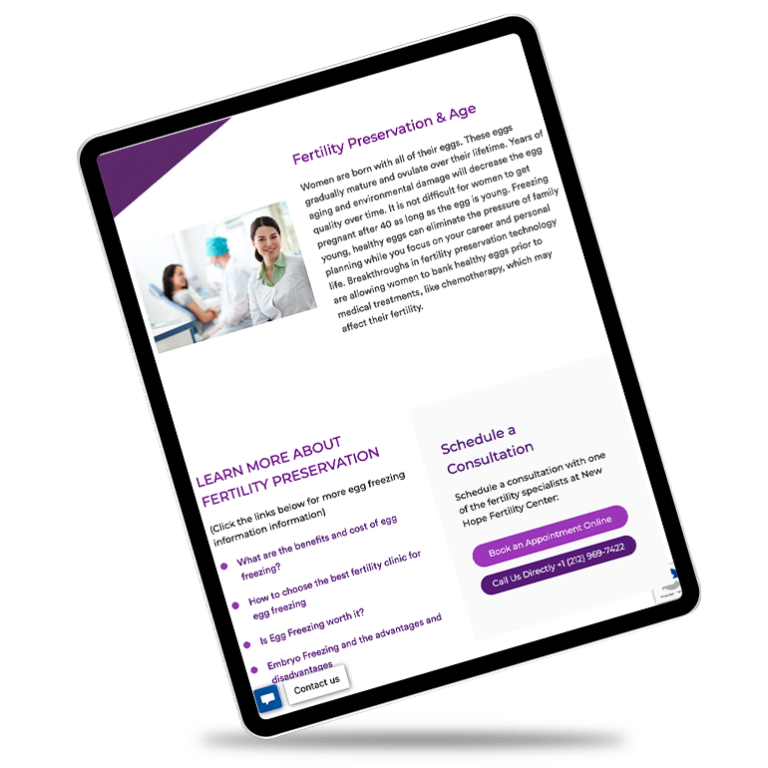

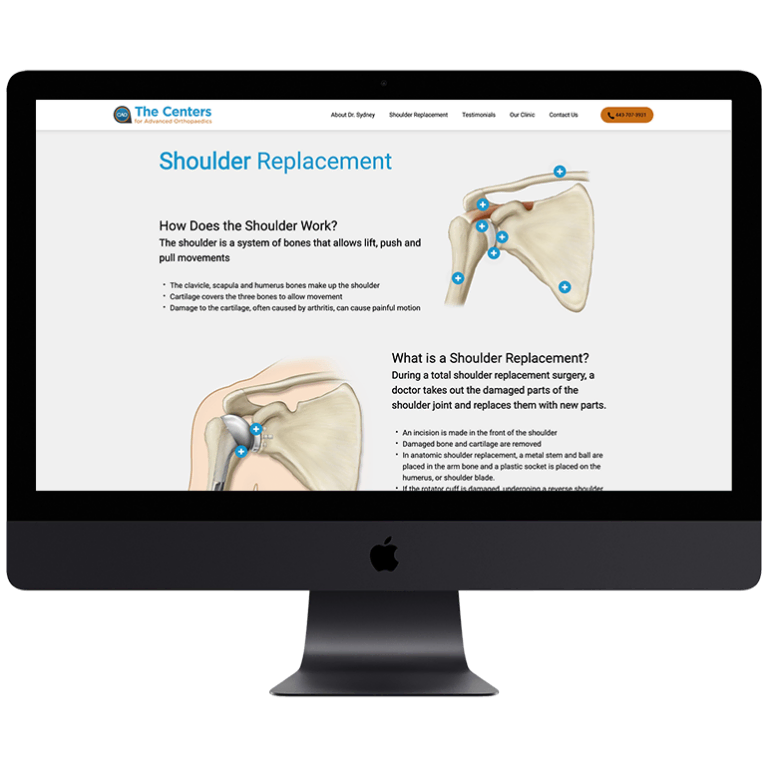



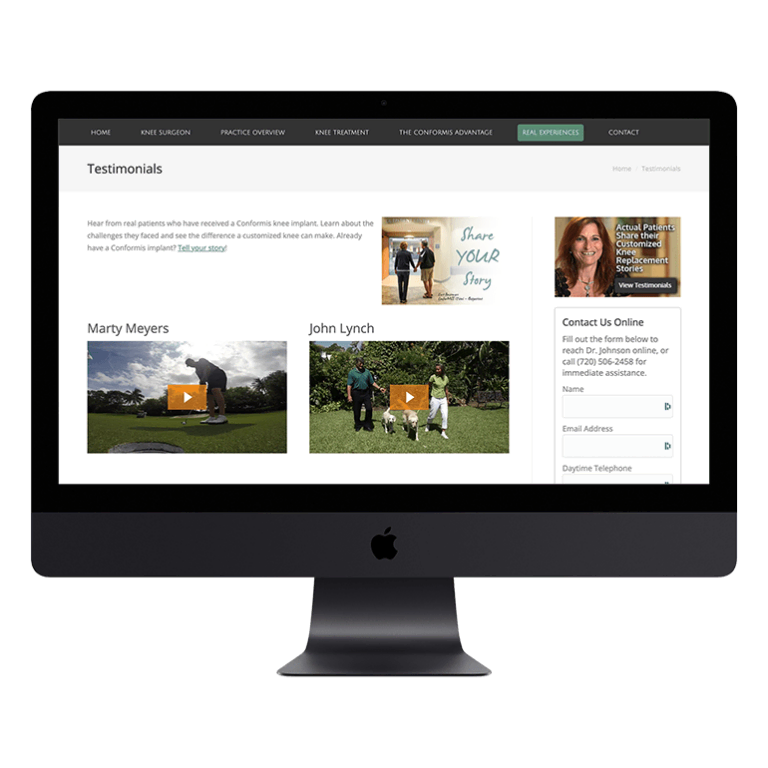
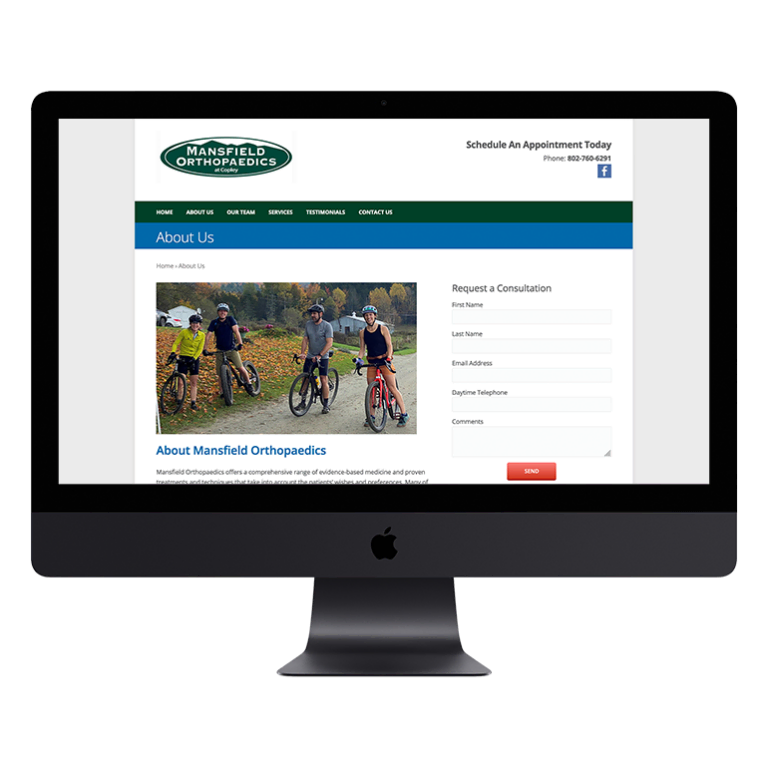
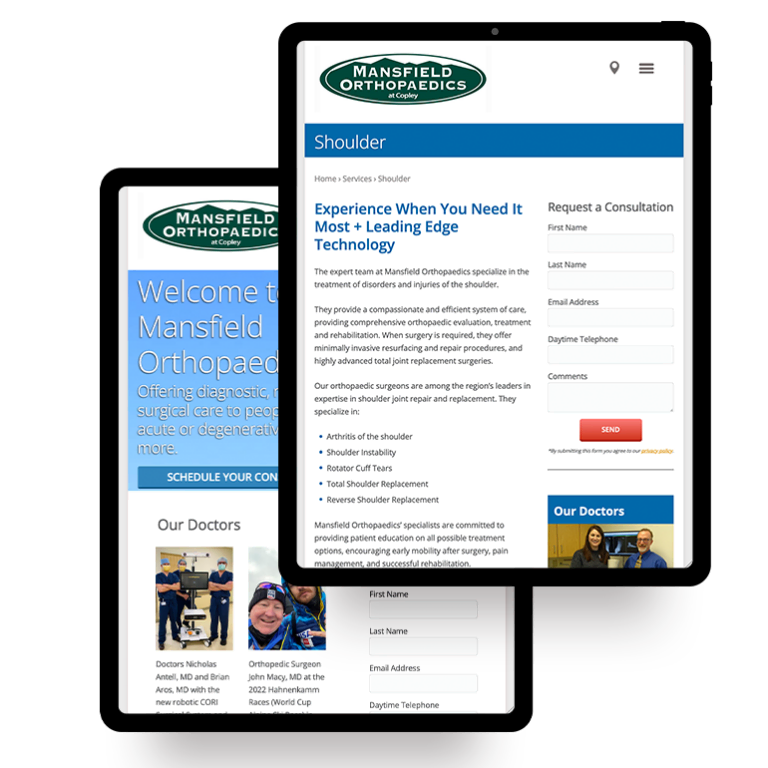

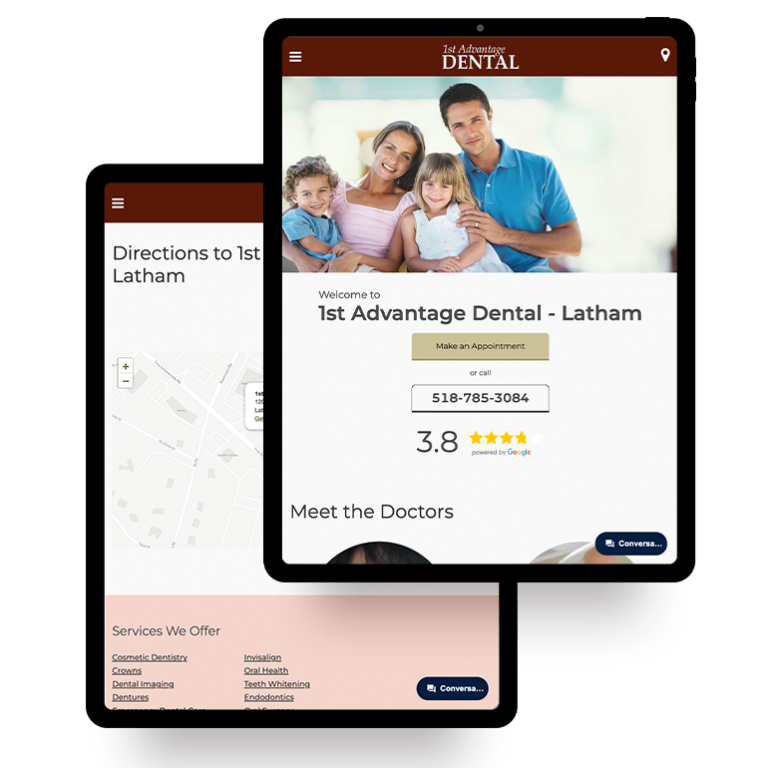

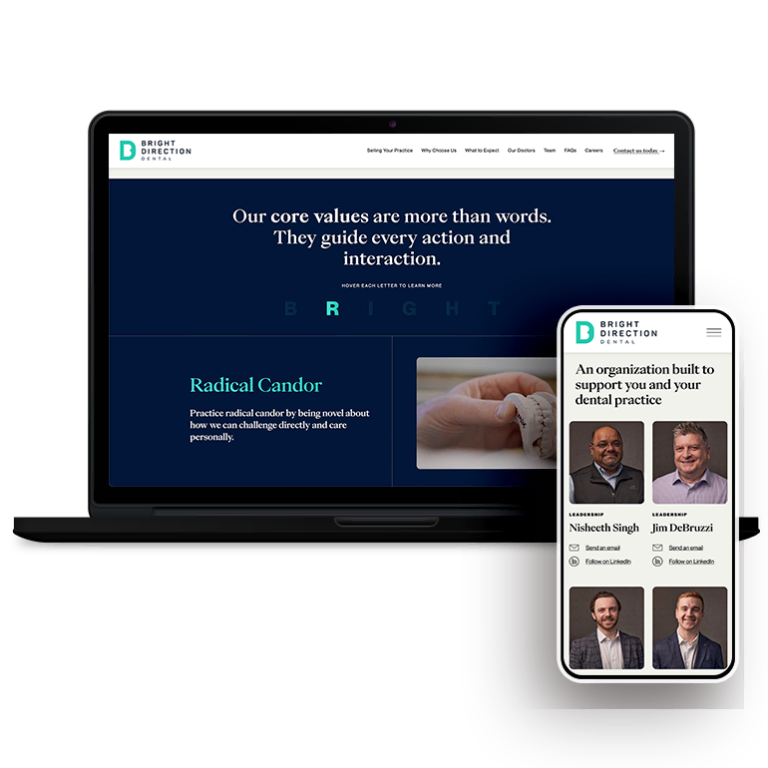
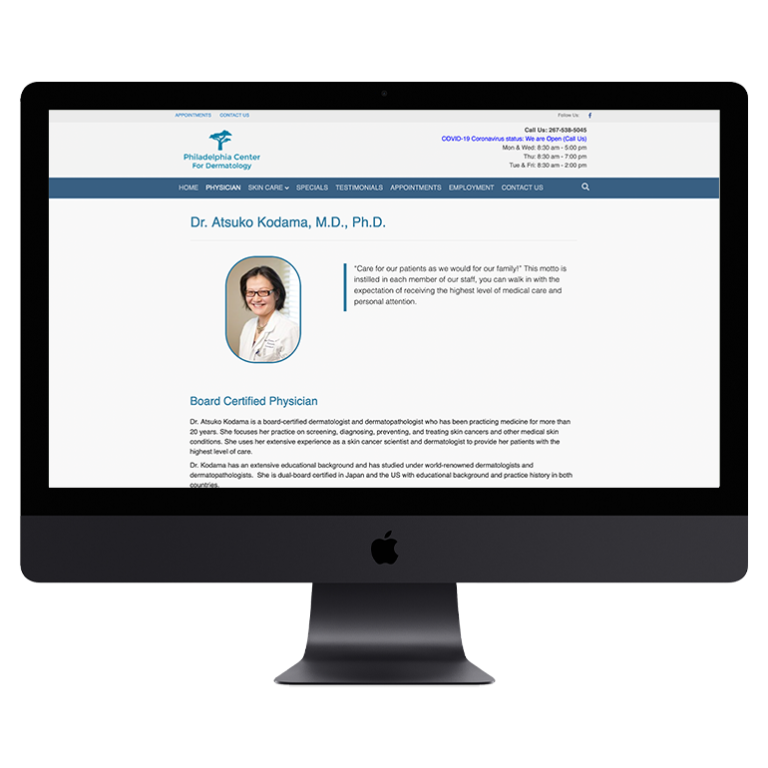
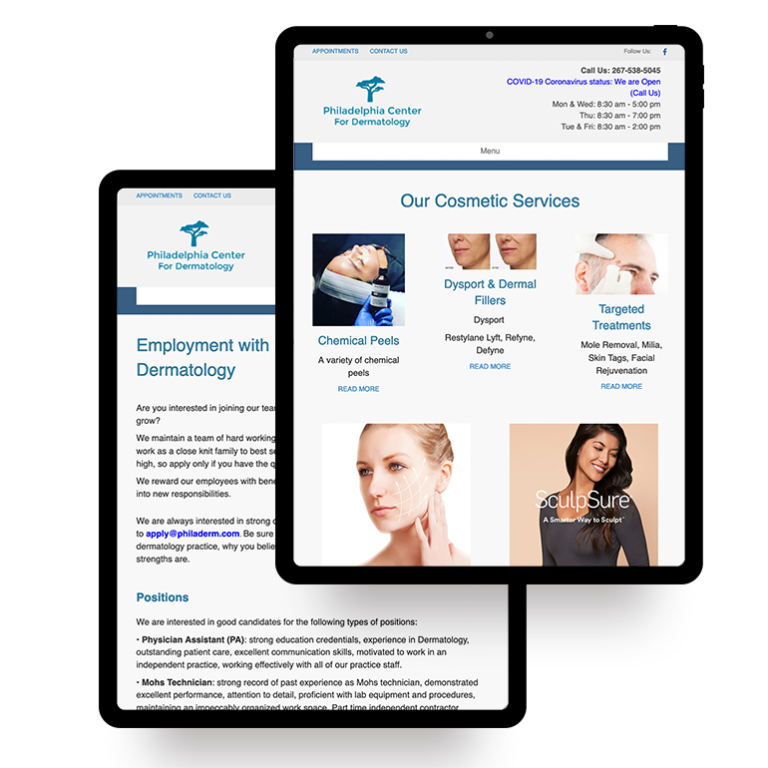
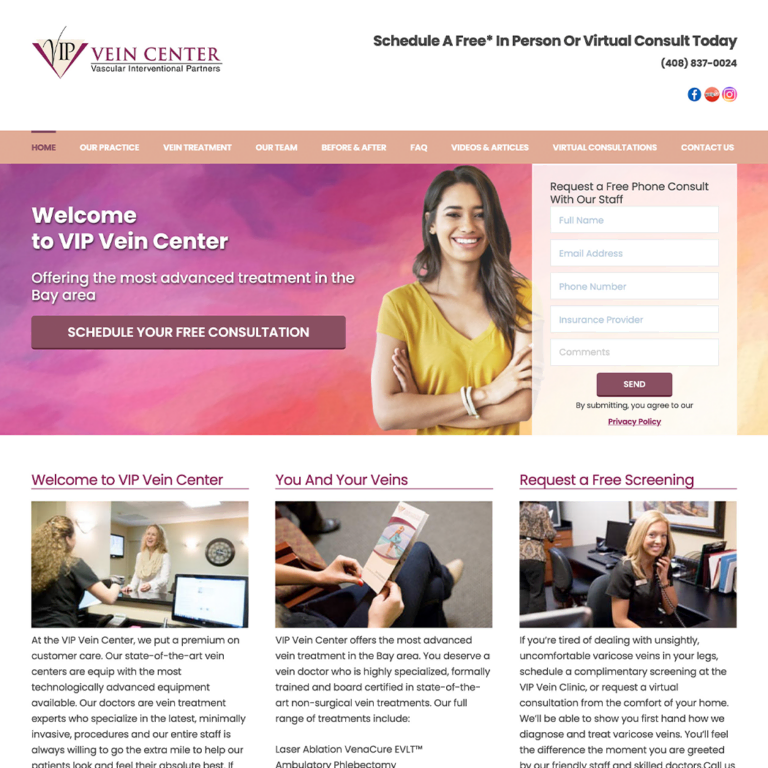


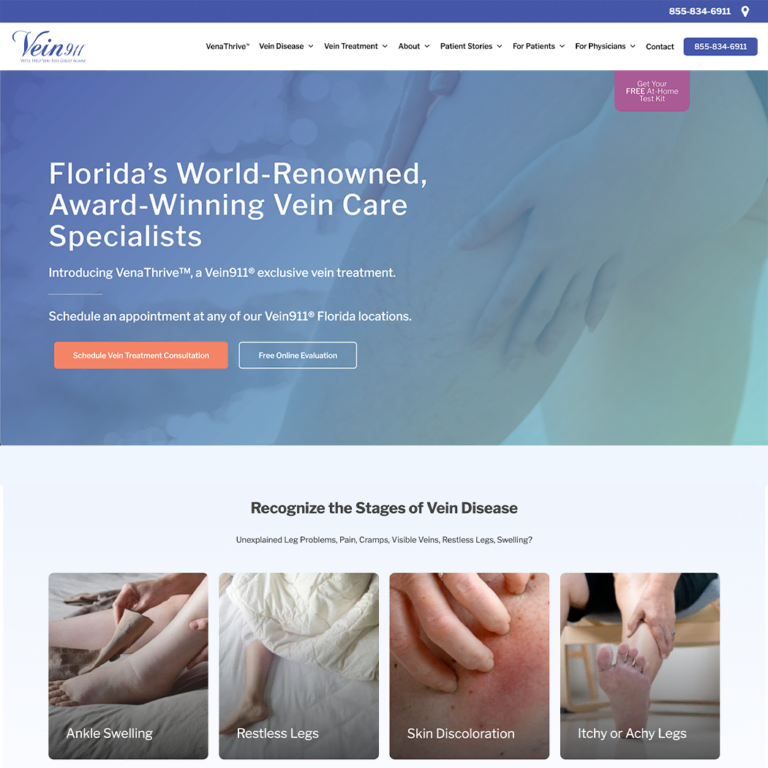
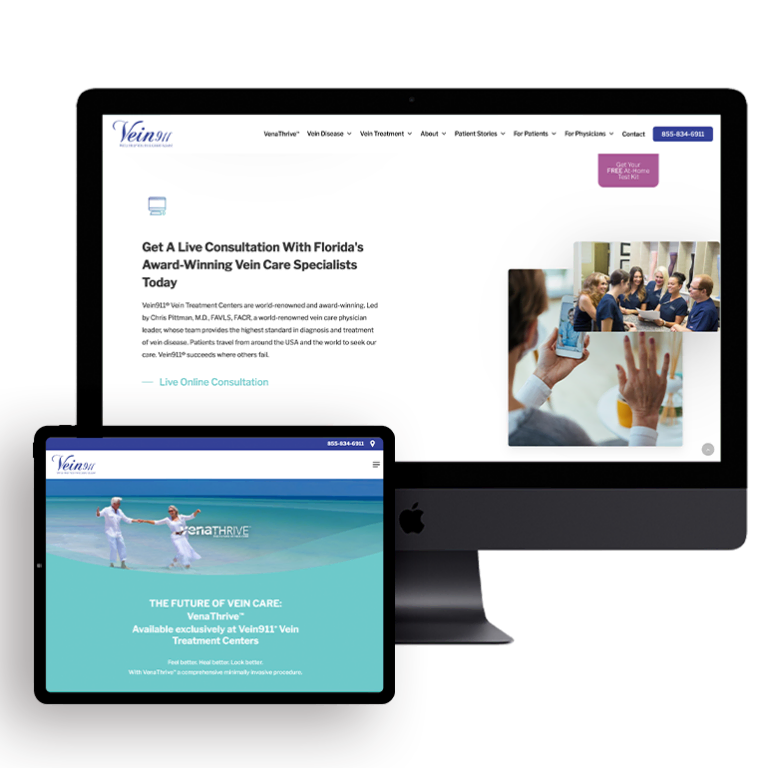
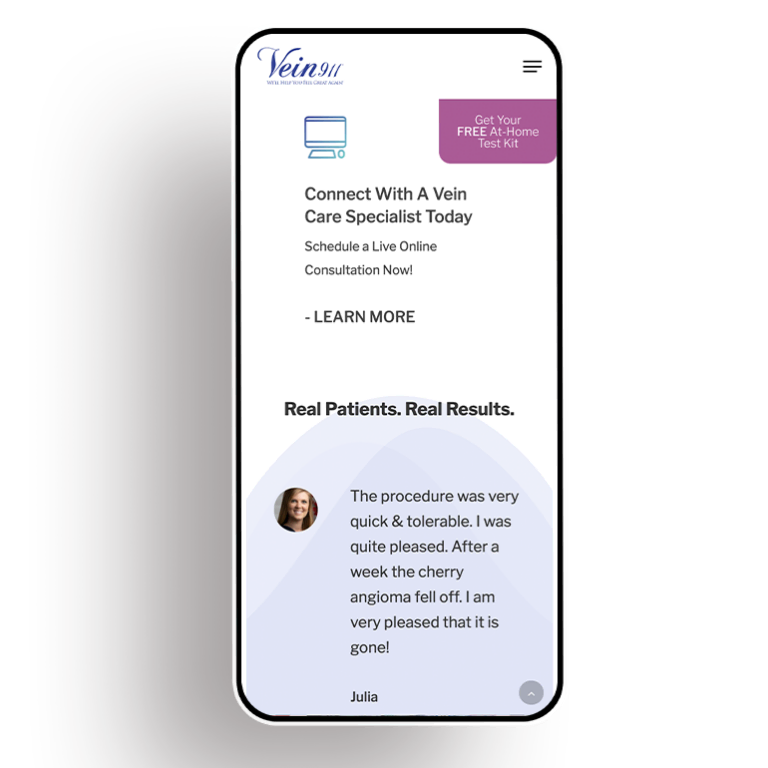
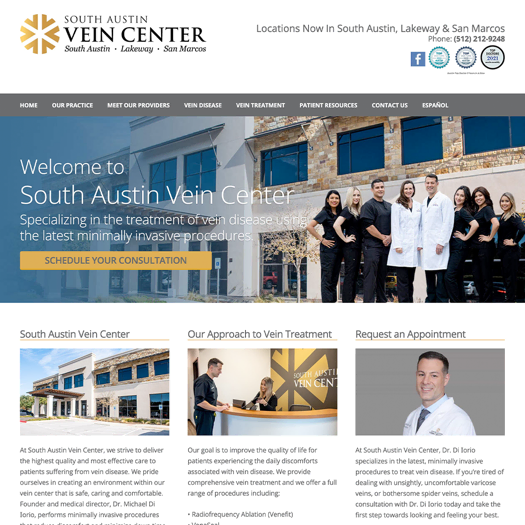
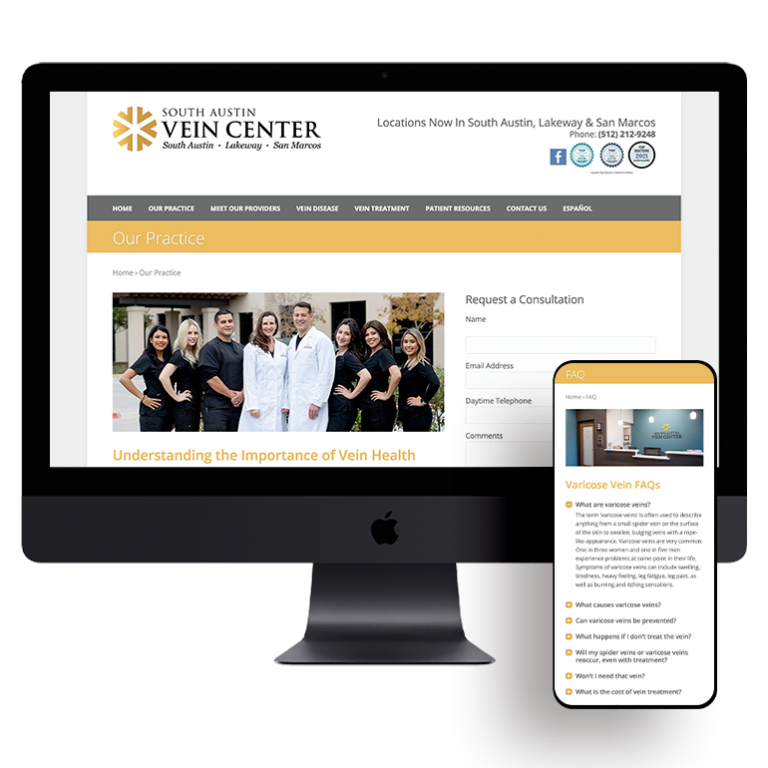
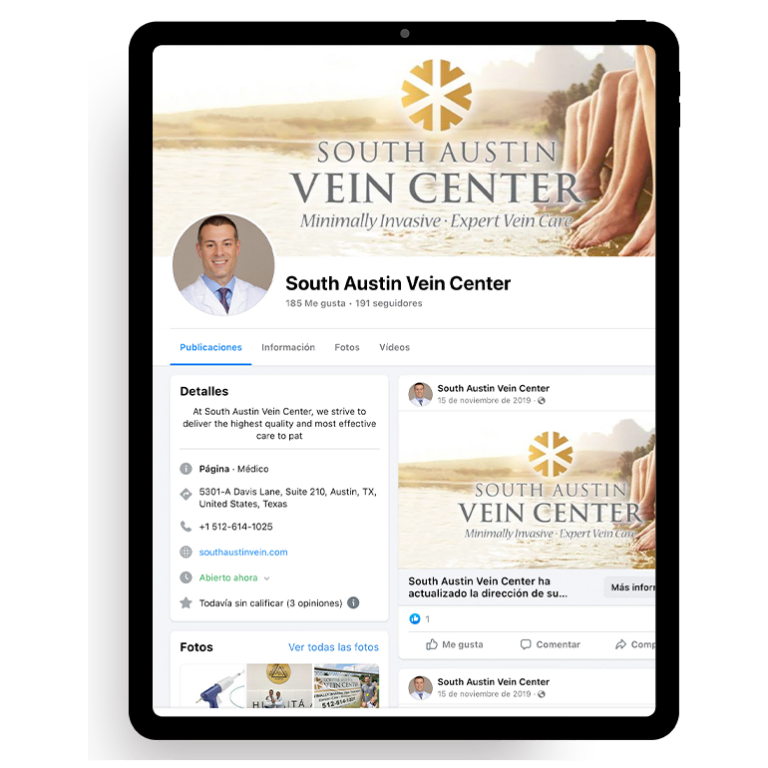



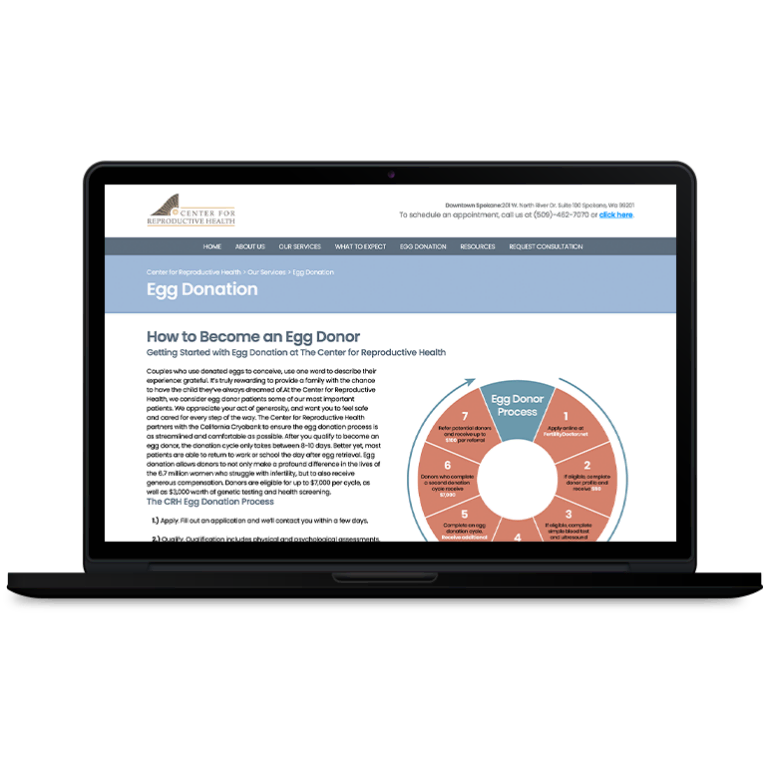
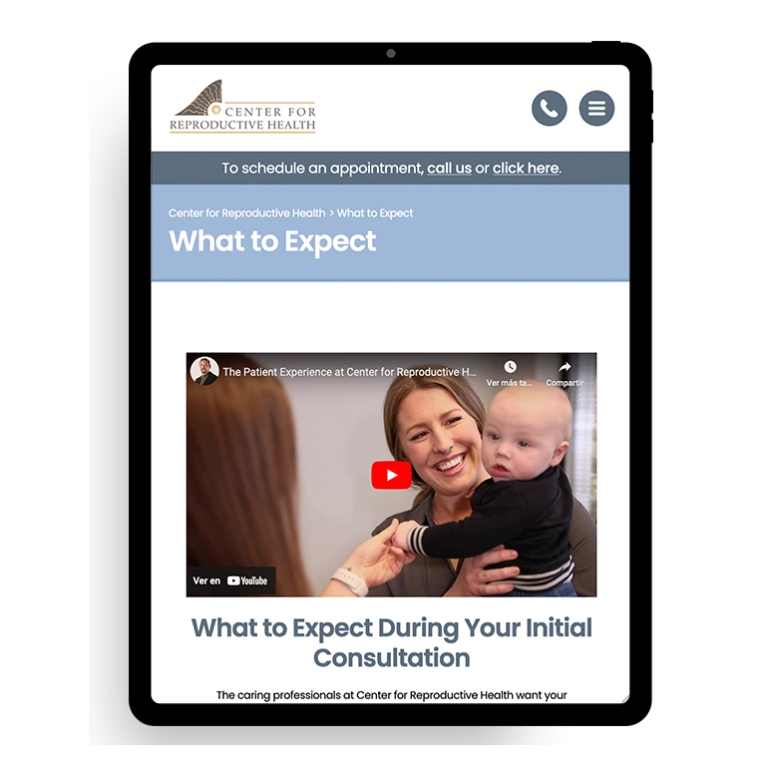
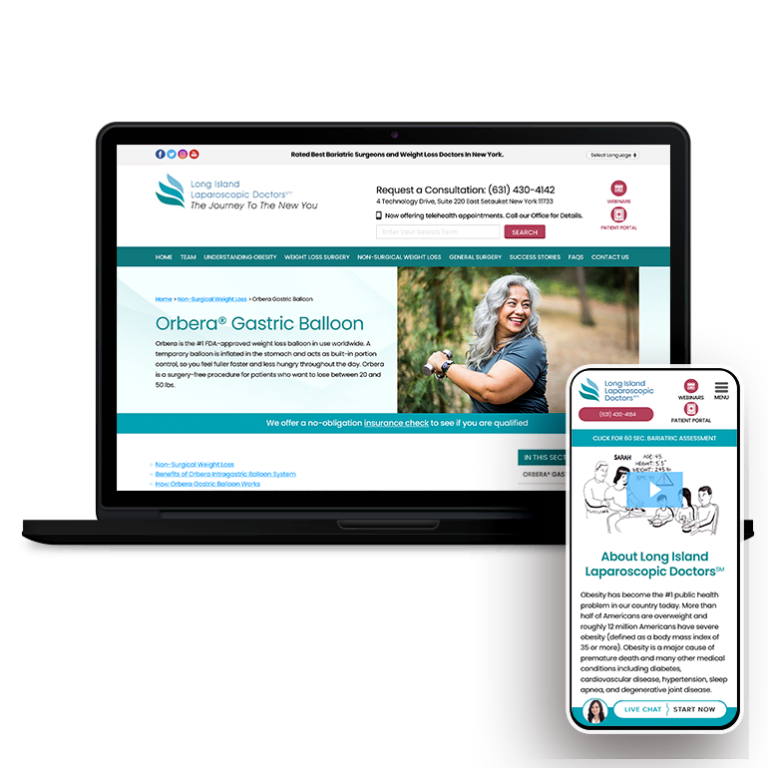
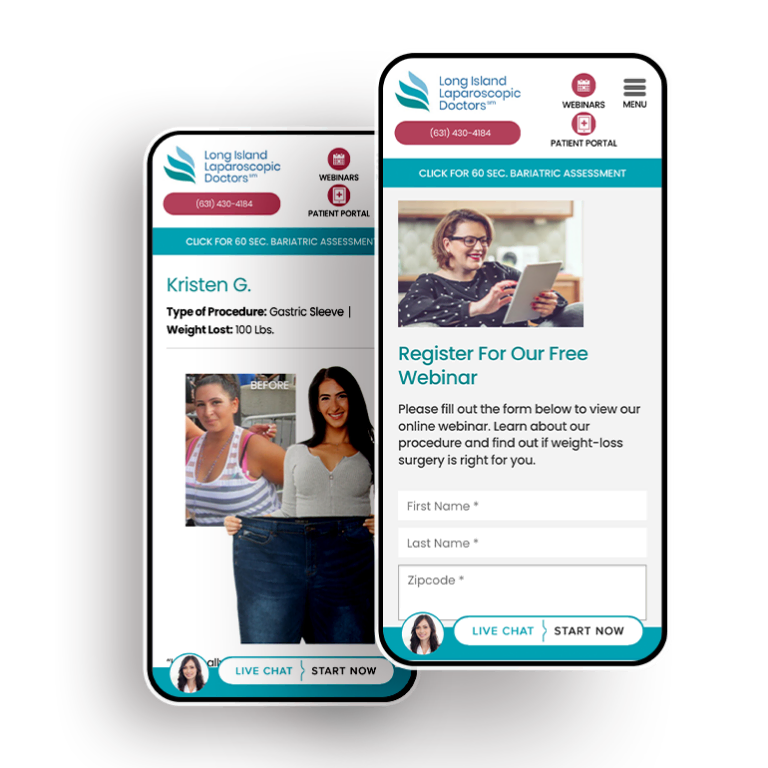
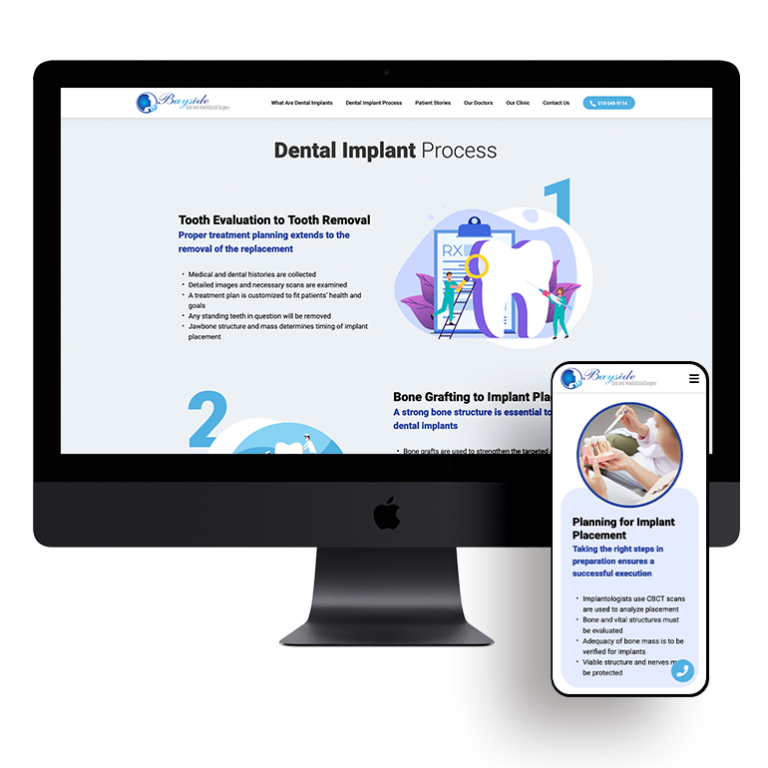




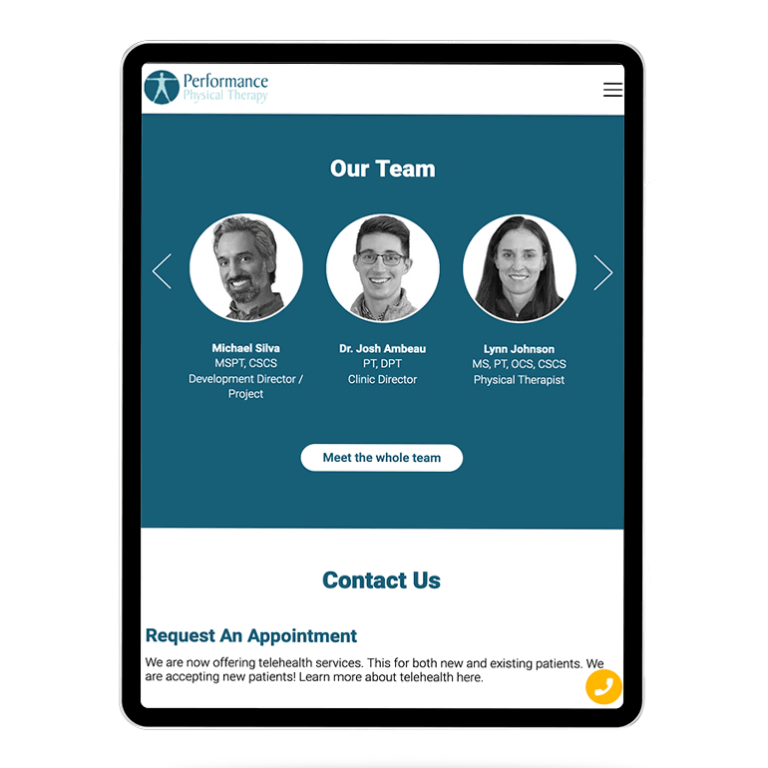

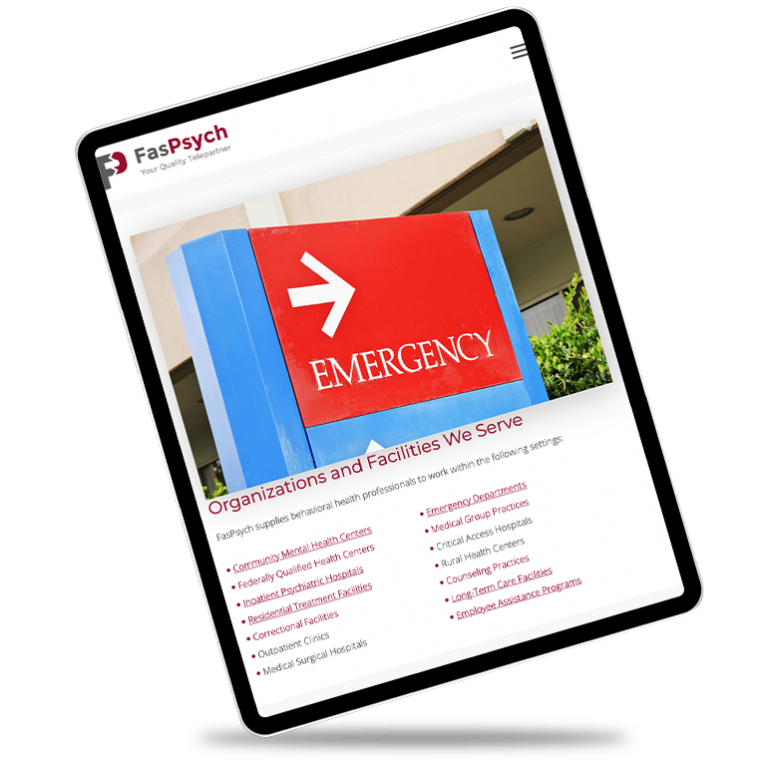
 Smart Design Creates New Patient Opportunities
Smart Design Creates New Patient Opportunities